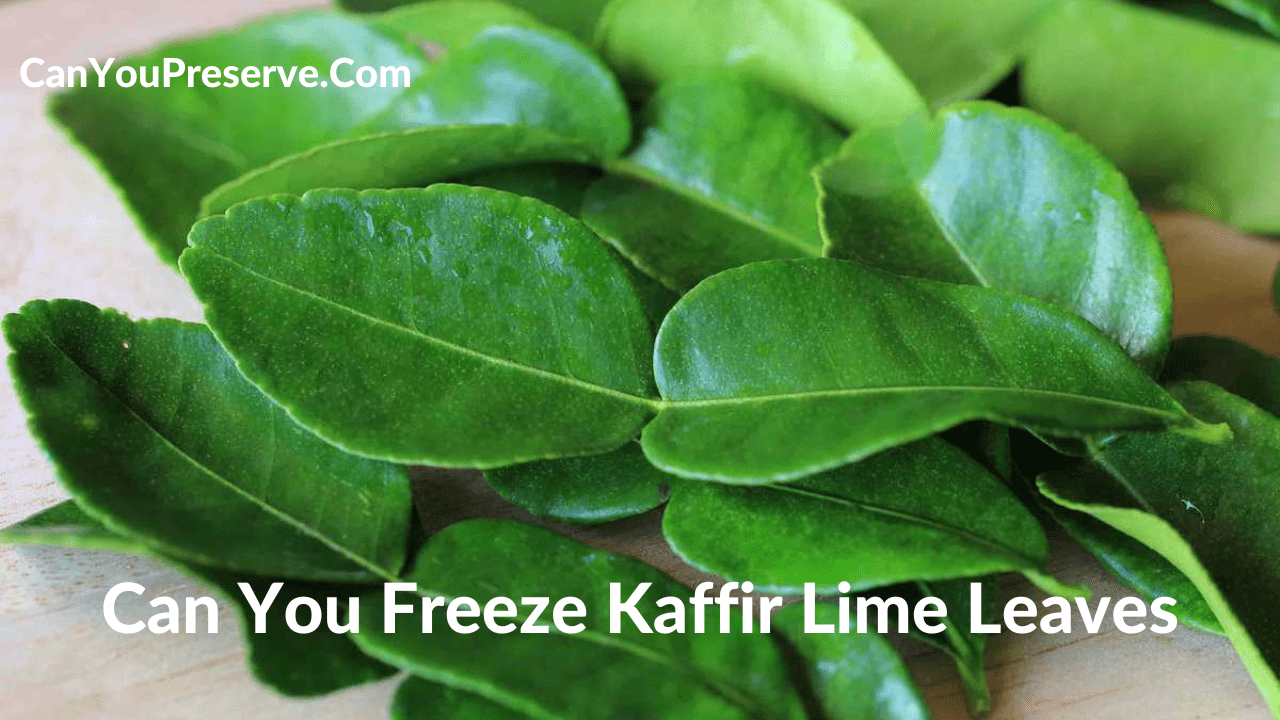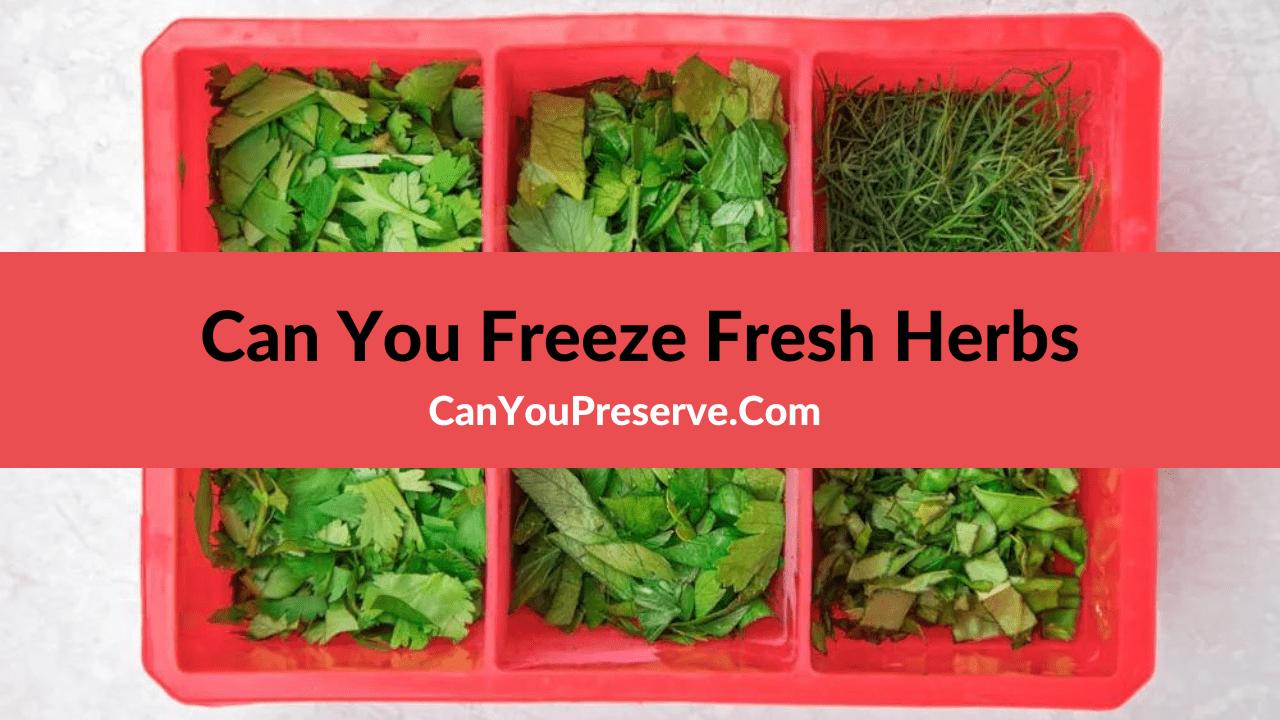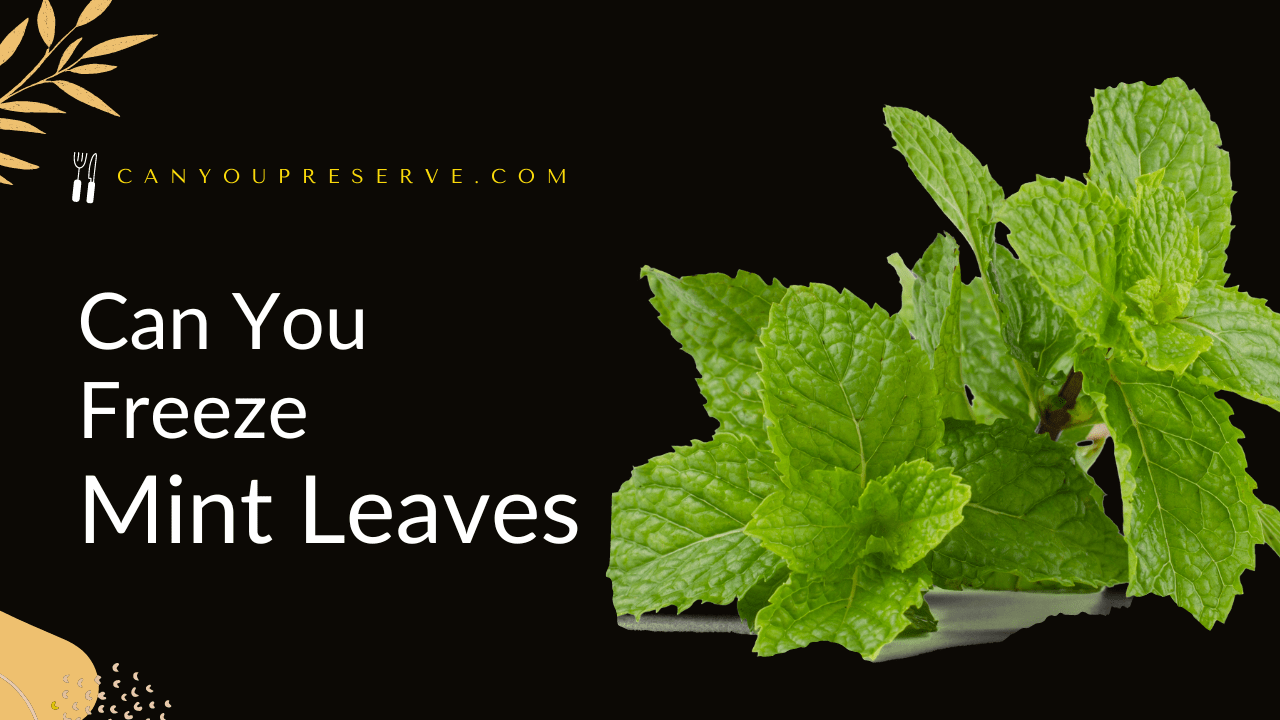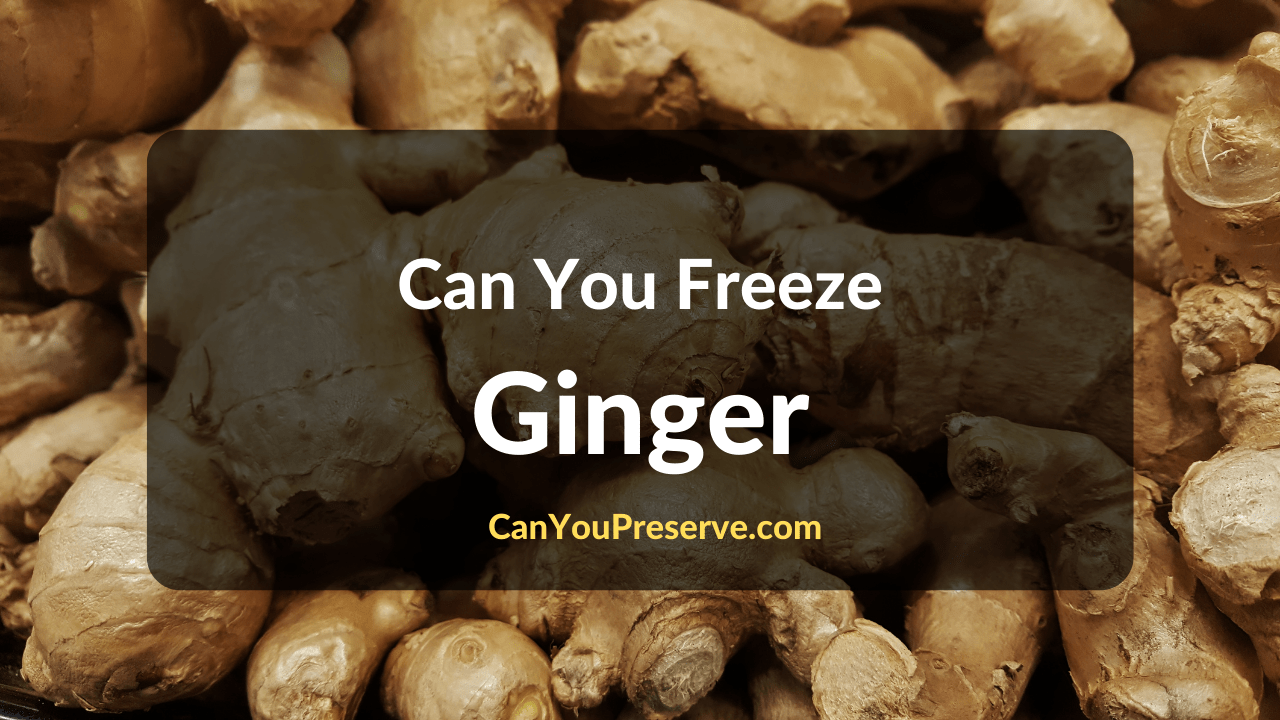Can You Freeze Curry Leaves: Curry leaves are one of the quickest and simplest methods to give your homemade curry that real flavour. Although the leaves are not standalone ingredients, they significantly alter the curry’s base flavour. When you use them, you only need one or two, but you wind up purchasing a lot of them. This article sheds light on the common questions you might have such as Can You Freeze Curry Leaves, How Freezing will impact the shelf life of curry leaves, tips and tricks to follow while freezing curry leaves, etc.
- Can You Freeze Curry Leaves?
- How To Freeze Curry Leaves?
- How Long Can Curry Leaves Last In The freezer?
- Tips For Freezing Curry Leaves
- How To Defrost Curry Leaves?
- Can You Refreeze Curry Leaves?
- Do Curry Leaves Freeze Well?
- FAQs On Can Curry Leaves Be Frozen
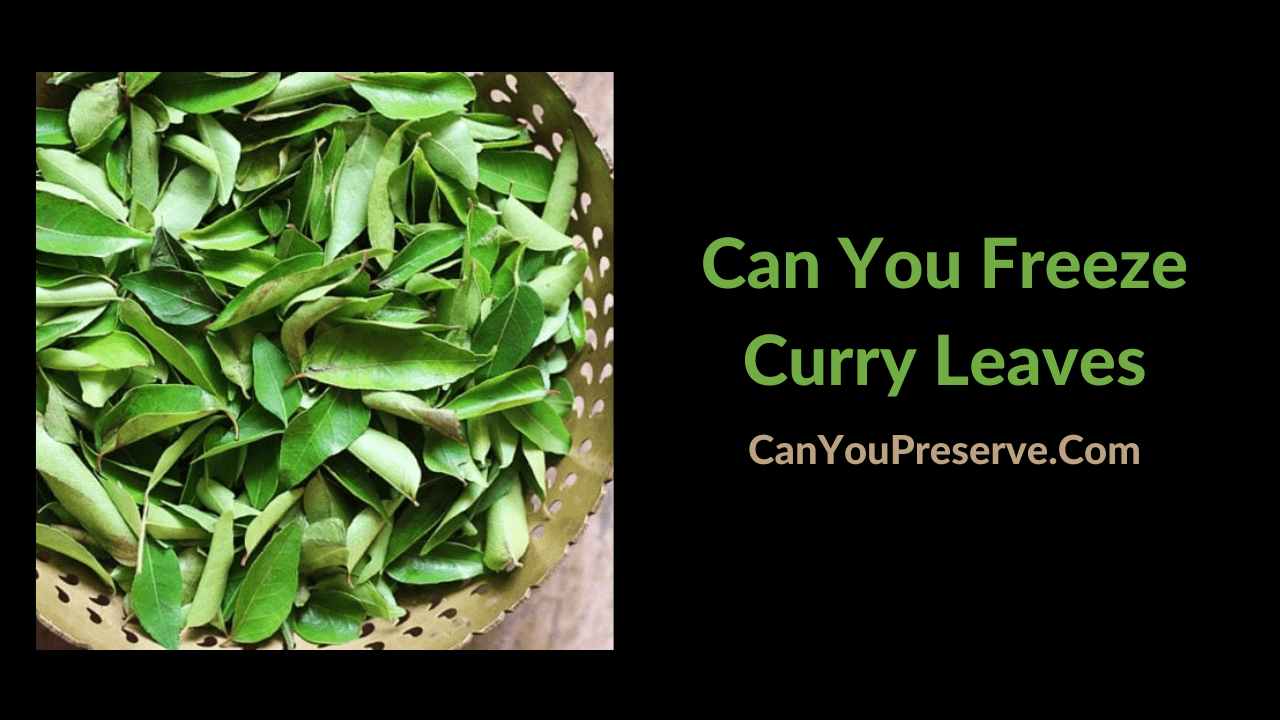
Can You Freeze Curry Leaves?
You can freeze curry leaves for up to a year. Curry leaves should be put in a freezer bag, sealed, and stored there. Also, curry leaves don’t need to be defrosted in order to be used.
How To Freeze Curry Leaves?
It is quite simple to freeze curry leaves. One of the most crucial factors to take into account is the container you freeze your curry leaves in. They can be fairly strong, so if they’re not stored properly, the rest of your freezer may start to smell like curry. The following steps can be followed to freeze curry leaves:
- Cut off any pointed stems from the curry leaves before preparing them for freezing. This is mostly done as a safety measure to prevent the leaves pointed stems from penetrating the freezer bag they will be stored in.
- Regardless of how you obtained your curry leaves, you must thoroughly wash them in cold water to get rid of any lingering dirt.
- After thoroughly washing the leaves, use some kitchen paper or a salad spinner to squeeze out as much moisture as you can.
- Curry leaves will still have some moisture, despite your best efforts to properly dry them. Put the leaves evenly spaced on a plate or baking tray, and then wrap them in a fresh, dry tea towel. After that, allow the leaves to dry out completely for 1-2 days in a dry place.
- Put your dried curry leaves neatly into a big freezer bag. To prevent them from breaking, try your best to be kind.
- Purge the bag as much air as you can before tightly sealing it.
- The smell of the curry leaves won’t be contained by using a single freezer bag. To assist stop the scent of curry from leaking into the rest of your freezer, you will need to place the freezer bag into another freezer or plastic bag.
- Make cautious to name the leaves before freezing them because curry leaves are easy to mix up with other leafy herbs like bay leaves.
- The bagged curry leaves must now be carefully inserted into the freezer, making sure to do so in a location where they won’t be crushed or broken.
How Long Can Curry Leaves Last In The Freezer?
In the freezer, curry leaves will retain their potent curry flavour for up to a year. If they have been stored properly, they will continue to be entirely safe to use after this time, though they might get a little softer.
Of course, you can easily fix this by adding an extra leaf to guarantee you get the flavour’s punch. When storing curry leaves in the freezer, it’s a good idea to label the bags with the expiration date. Additionally to preventing waste, doing this will make it far simpler for you to distinguish between curry, bay, and kaffir lime leaves, all of which you might have in the freezer.
Wanna know if you Can Freeze Basil Leaves or not then follow the article over here and know how to freeze basil leaves to extend their shelf life.
Tips For Freezing Curry Leaves
Some tips that can be followed are:
- It can be challenging to discern between various leaf kinds if you have frozen curry leaves, kaffir lime leaves, and bay leaves. This is why properly labelling the bag with curry leaves is a smart idea.
- Use a high-quality freezer bag because you don’t want the smell of curry to contaminate your freezer. If you’re concerned, you might consider using an airtight container.
- Grab one or two leaves and add them to your dish if you want to give it the infamous curry flavour. They will thaw very instantaneously when you add them to the pan you’re cooking in, so you don’t need to let them defrost first.
How To Defrost Curry Leaves?
Actually, you’re not required to. They can be removed from the freezer and added right away to the dish you are preparing. Due to their thinness, they defrost almost immediately after touching the hot pan.
Can You Refreeze Curry Leaves?
It is not recommended to refreeze them. There is a possibility that the flavour will deteriorate each time you refreeze them. Your curry leaves will eventually become tasteless and useless. Curry leaves don’t need to be defrosted in order to be used, so it would be difficult to unintentionally defrost too many.
Find Out:
Do Curry Leaves Freeze Well?
Curry leaves freeze exceptionally well, just like many other leaves, such kaffir lime leaves. It doesn’t matter if they alter in texture because you don’t usually consume them. By freezing them, the potent curry flavour is preserved so that you can utilise them later.
Freezing curry leaves is basically a no-brainer if the entire purpose of using them is to give your food that true curry flavour.
FAQs On Can Curry Leaves Be Frozen
The utilisation of curry leaves is quite simple. All it takes to give your curry sauce an authentic, yet subdued curry flavour is tossing a leaf or two into the pan as you cook the curry.
Curry leaves can occasionally be a bit hard and chewy. Although eating them won’t harm you, it’s not something you’d want to do. The majority of individuals either slide the curry leaves to the side of their plates while eating or just fish them out before serving.
3. Which is preferable, drying or freezing curry leaves?
Curry leaves can be preserved most effectively by freezing. When using dried curry leaves, some of the delicate, aromatic scents that they have when they are fresh are lost.
Summary
We hope that we were able to clear up all the confusion you have about whether you can freeze curry leaves or not. Curry leaves can be frozen for up to a year. Curry leaves should be put in a freezer bag, sealed, and stored there. Also, curry leaves don’t need to be defrosted in order to be used. It is advisable not to refreeze them. Bookmark us for many more articles on freezing herbs such as Can You Freeze Wild Garlic and others.
